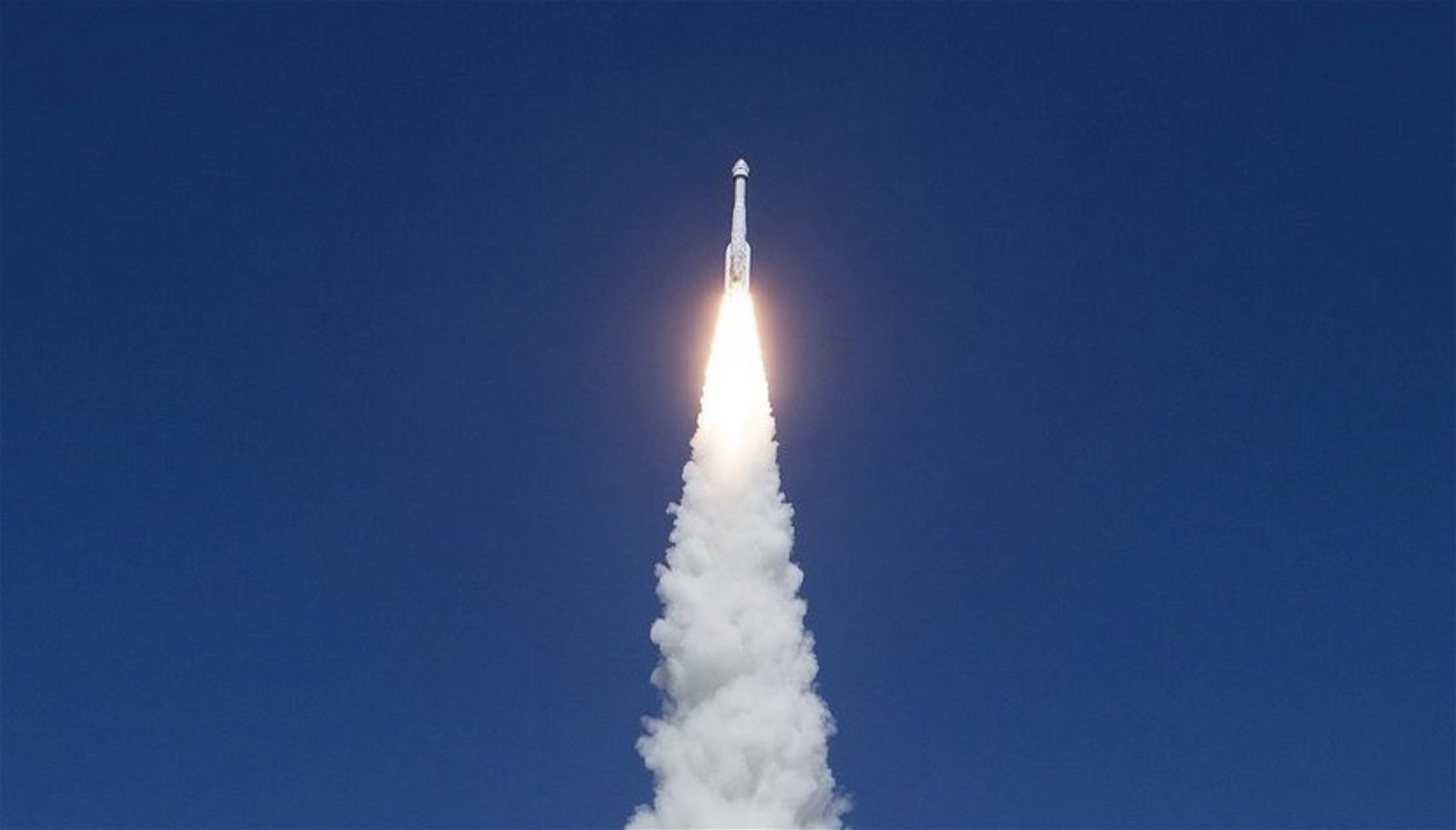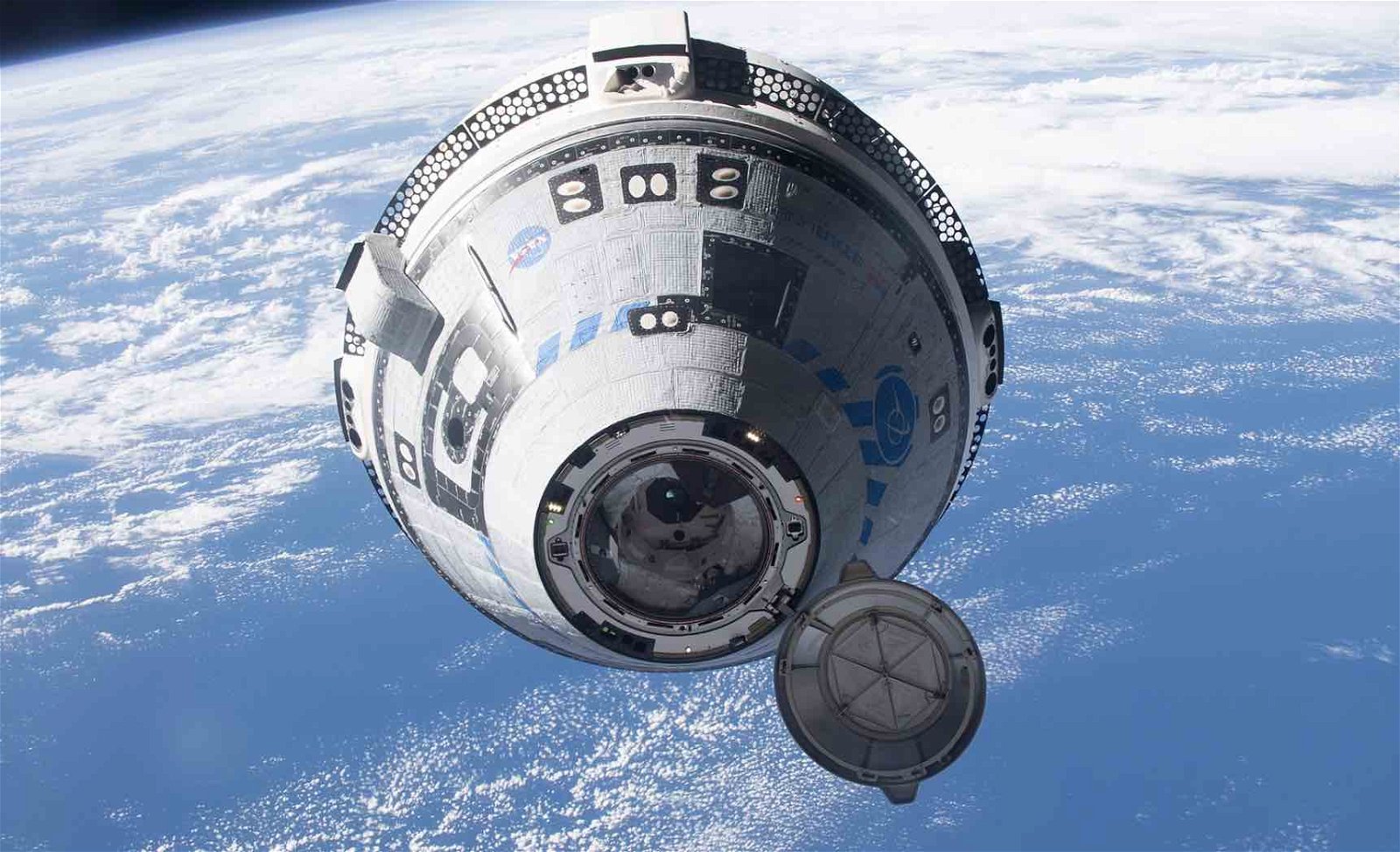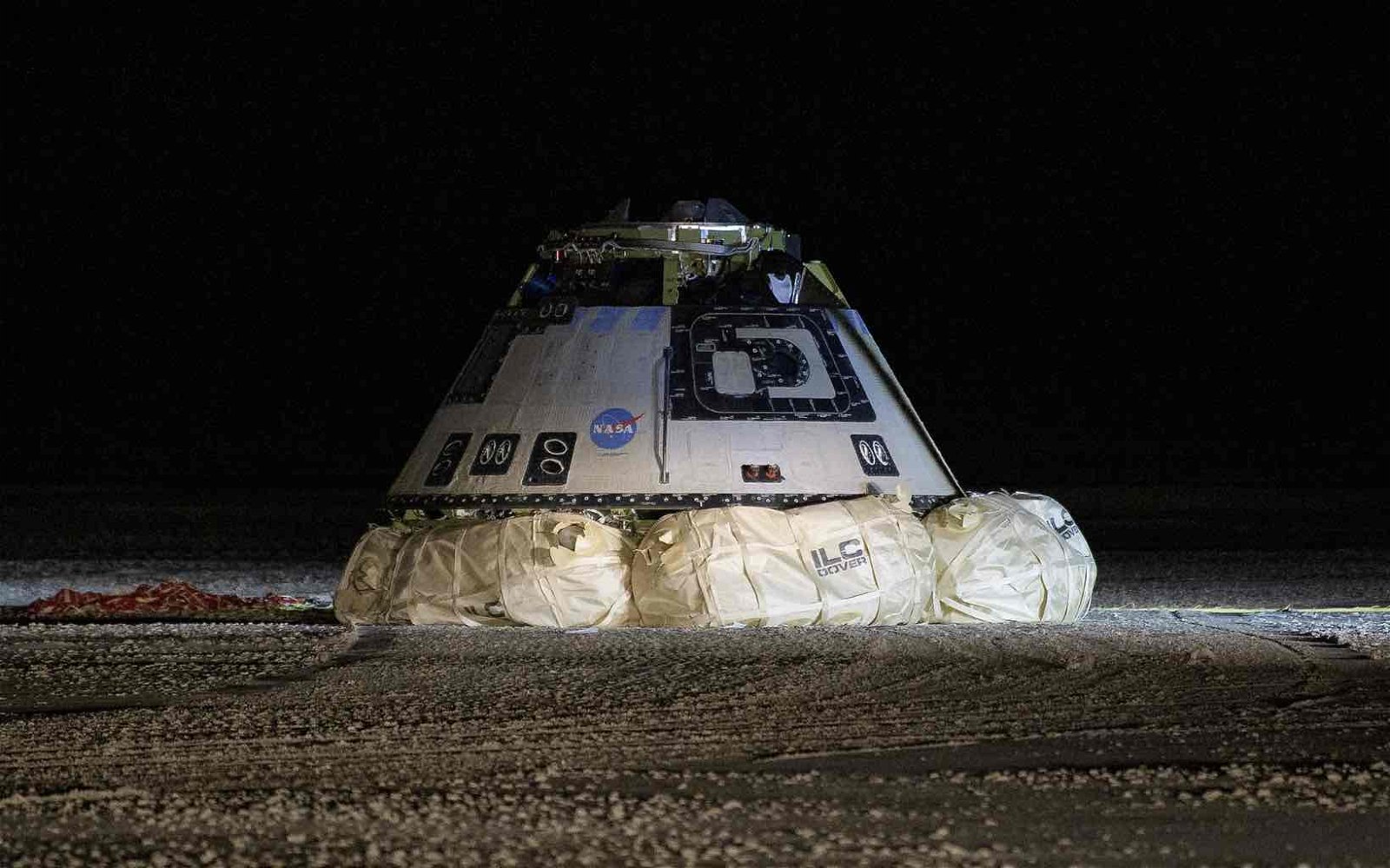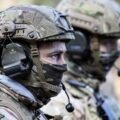

Welcome to this week’s Intelligence Brief… this week, Boeing made history with the launch of its first crewed Starliner flight, a significant final flight test for the eagerly anticipated—and long-delayed—spacecraft. In our analysis, we’ll be looking at 1) the historic launch of Boeing’s partially reusable Starliner spacecraft, 2) what astronauts will be testing now that they’ve reached the ISS, 3) setbacks that have hindered Starliner’s launch, and 4) why this week’s launch represents a new milestone for NASA’s ongoing efforts with its commercial partners.
Quote of the Week
“Butch and Suni—safe travels through the stars. See you back home.”
– NASA Administrator Bill Nelson
Latest News: In recent articles at The Debrief, the European Space Agency has successfully produced the first 3D-printed metal aboard the International Space Station. Elsewhere, scientists have made an unexpected discovery on Arctic ice sheets, revealing the presence of giant “invisble” lifeforms. All of our recent stories can be found at the end of this week’s newsletter.
Podcasts: In podcasts this week, on The Micah Hanks Program, I take a look at the current efforts of NASA, AARO, and civilian scientist groups in their pursuit of the unexplained. Elsewhere, on The Debrief Weekly Report, Kenna and Steph dive into the lore behind Star Wars. You can subscribe to all The Debrief’s podcasts on our Podcasts Page.
Video News: On the latest episode of Rebelliously Curious, Chrissy Newton is joined by Chantelle Baier, founder of 4SPACE, for a discussion about how brands of all sizes, and government agencies, can meaningfully contribute to human space exploration while addressing Earth’s issues. Be sure to check out other great content from The Debrief on our official YouTube Channel.
With that behind us, it’s time to look at how this week’s Starliner launch and subsequent mission milestones are poised to advance the United States’ capabilities in space exploration.
A Historic Launch
On Wednesday, Boeing made history with the launch of its first crewed Starliner flight, a significant final flight test for the eagerly anticipated—and long-delayed—spacecraft.
Boeing’s Starliner represents a class of partially reusable spacecraft which are built to carry crews to the International Space Station (ISS) and other low-Earth-orbit destinations. Consisting of a reusable crew capsule and an expendable service module, Boeing’s Starliner aims to carry regular crewed missions into low Earth orbit.
Despite recent setbacks, Wednesday’s launch made liftoff from Cape Canaveral, Florida, shortly before 11 AM Eastern, carrying NASA veteran astronauts Butch Wilmore and Suni Williams aboard Starliner as it was propelled skyward by a United Launch Alliance Atlas V rocket.
Tests Aboard Starliner
The Starliner capsule was successfully released into orbit approximately 15 minutes after initial launch as part of the Crew Flight Test mission. This mission aims to compete with SpaceX’s Crew Dragon capsule and expand the number of commercial space providers NASA can use for its Commercial Crew Program.
Wilmore and Williams completed their 25-hour journey and successfully docked with the ISS at around 12:15 p.m. on Thursday. They’ll spend the next week conducting tests involving the aircraft’s thruster performance and the capabilities and functionality of their spacesuits within the capsule. Additional tests involving manual piloting capabilities will also be undertaken.


Another crucial component of the mission will involve the evaluation of Starliner’s “safe haven” capability, which will provide astronauts aboard the ISS with an emergency shelter area.
Catching Up After Delays
This week’s Starliner launch finally came together after several delays that included an additional last-minute cancellation on Saturday.
Prior to the initial launch time scheduled this weekend, a ground support computer issue halted the widely anticipated liftoff. Earlier in May, another issue related to the rocket grounded another attempted launch.
NASA Administrator Bill Nelson has emphasized the importance of Starliner’s mission as the sixth inaugural journey of a crewed spacecraft in US history. Notably, Williams also made history as the first woman to fly aboard such a mission.
A New Milestone for NASA
Starliner’s successful launch marks the latest milestone in NASA’s ongoing collaboration with industry partners, where it aims to expand its options for spacecraft it can use to send astronauts to the ISS. Despite the setbacks, Starliner’s launch this week marks a new challenge to SpaceX, whose successful operations under the same program have essentially led commercial spacefaring efforts in recent years.
Presently, the earliest potential landing date for Starliner will be June 14, although factors such as weather and attainment of all testing objectives while in orbit will determine when the spacecraft returns to Earth.


Ultimately, Wednesday’s successful launch and the successive mission milestones to come will serve as prime indicators of whether Starliner will be set to join SpaceX’s Crew Dragon in providing reliable transportation for NASA astronauts, marking another leap forward in the United States’ overall capabilities in space exploration.
That concludes this week’s installment of The Intelligence Brief. You can read past editions of The Intelligence Brief at our website, or if you found this installment online, don’t forget to subscribe and get future email editions from us here. Also, if you have a tip or other information you’d like to send along directly to me, you can email me at micah [@] thedebrief [dot] org, or Tweet at me @MicahHanks.


Here are the top stories we’re covering right now…
- Astronauts Take One “Giant Leap” for Space Travel With First 3D-Printed Metal Aboard the ISS
The European Space Agency has successfully produced the first 3D-printed metal aboard the International Space Station.
- In the Remote Arctic, Giant “Invisible” Lifeforms Have been Discovered Lurking on Greenland’s Ice Sheet
Scientists have made an unexpected discovery on Arctic ice sheets, revealing the presence of giant “invisble” lifeforms.
- ChatGPT “Major Outage” Raises Questions Amid Whistleblower Warnings of “Reckless” Race Toward AI Dominance
OpenAI’s ChatGPT is now back online following what the AI company behind the popular chatbot called a “major outage” that occurred on Tuesday.
- The Fate of Voyager: Where Will NASA’s Iconic Space Probe Be in a Billion Years?
Where in the universe will NASA’s iconic Voyager 1 spacecraft be in one billion years? Here’s what science has to say.
- Breakthrough Study Uncovers Brain Network Key to Human Consciousness
Scientists identify brain network essential for consciousness, offering new insights into neurological disorders.
- New Study Says Life on Earth May Have Originated in Saudi Arabia 3.48 Billion Years Ago
Scientists have identified living stromatolites on Saudi Arabia’s Sheybarah Island in the Red Sea, an area that could have been home to life 3.5 billion years ago.
- James Webb Space Telescope Discovery Unveils Earliest Known Galaxy in the Universe, and a Few Surprises
Astronomers have discovered a pair of extremely distant celestial objects with help from NASA’s James Webb Space Telescope (JWST), one of which is believed to be the earliest known galaxy detected.
- Enigma Project to Enable Remote Classified Work for U.S. Space Force Guardians
A new program that leverages cloud technology to facilitate a secure system for handling classified information could soon enable remote work for U.S. Space Force (USSF) Guardians.
- What are “Ghost Roads” and Why Are They Destroying the Natural World?
Researchers have unveiled the extensive and devastating impact of ghost roads on the tropical forests.
- Skeleton Recovered in Siberia Reveals Discovery of Previously Unknown Ancient Species
The recent discovery of a partial skeleton in Western Siberia has helped scientists identify a new ancient species.
- Tomorrow’s Grid: How Virtual Power Plants Could Revolutionize Urban Energy
Virtual Power Plants could help energy researchers discover viable paths toward a more sustainable future. Here’s how.
- Shocking New Study Says AI is Quickly Becoming “Masters of Deception,” Teaching Itself to Lie and Manipulate Human Users
New research finds AI systems are becoming masters of deception, quickly learning how to lie and manipulate human users.
- Analysis of 4,000-Year-Old Egyptian Skull Reveals Something ‘Extraordinary’ That Leaves Researchers ‘Stunned’
Scientists studying a 4,000-year-old Egyptian skull say they were left ‘stunned’ when they found something ‘extraordinary.’
- Ongoing Sightings of This Enigmatic Lost Species Continue to Challenge Accepted Views on Its Extinction
Thylacine sightings have persisted for decades, causing some wildlife experts to wonder whether the species might have survived extinction.
